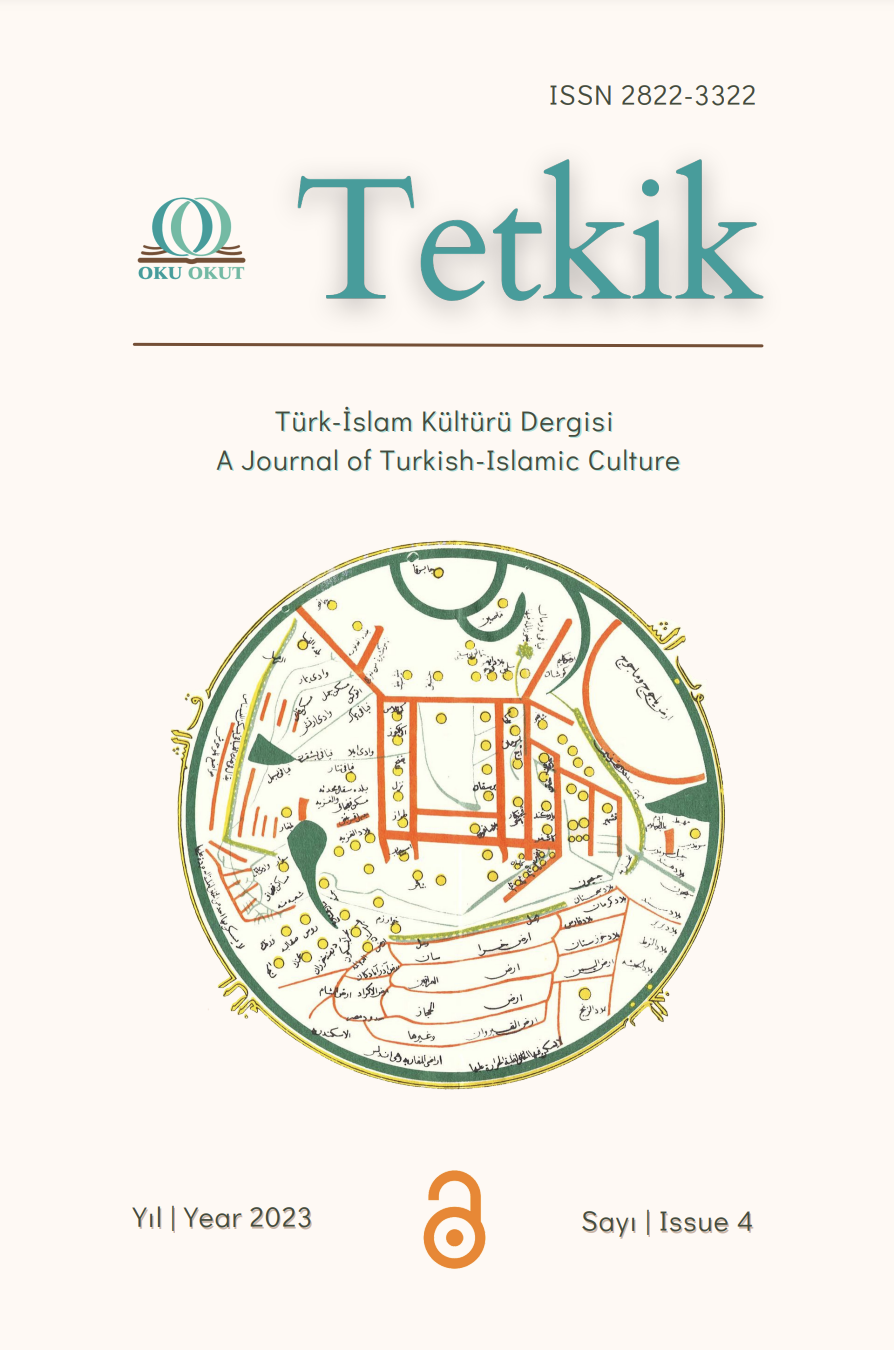Kur’ân’ın Ziyâdeli İfadelerinin 7. Yüzyıl Arapların Dili Kullanım Âdet ve Edebî Zevkleriyle İlişkisi
The Relationship of the Qur’ān’s Excessed Phrases with the 7th Century Arabs' Language Usage Customs and Literary Tastes
Author(s): Emrah DindiSubject(s): Language and Literature Studies, Islam studies, History of Islam, Qur’anic studies
Published by: Oku Okut Yayınları
Keywords: Tafsir; Qur’ān; Ziyāda; 7th Century; Arabs, Linguistic Custom; Literary Taste;
Summary/Abstract: In dictionaries, ziyāda (excessed phrases) means to make more, to increase, and is defined as the opposite of deficiency. Ziyādahs, which does not cause any difference in terms of grammar (i‘rāb, naḥw)or meaning between its presence and its absence in syntax, and which exceeds the necessary limit in the divine word, which come as additions and excesses in the form of letters, nouns, and verbs, are among the most basic stylistic features and structural problems of the Qur’ān. Are these ziyādas, which have been a challenge for the commentators, really a divine word fault and defect, or an artistic (bedīʿī) beauty, as some have suggested in our tradition? In other words, are these structures that contain various subtleties of meaning that the Arabs of the 7th century Hejaz region did not know, were not familiar with, and had not heard of, or, on the contrary, are they patterns of expression that were formed and manifested within the framework of the linguistic customs and traditions, and literary tastes of the Arabs of that day, which were present and well-known in their daily speech, oral and literary genres? These questions and problems are analyzed in this article. Of course, our aim in this study is not to take all of the Qur’ān’s ziyādas one by one, to read them within the framework of divine, transcendental mystery and wisdom, to describe the subtleties and depths of meaning or rhythmic beauties they add to the expression. These have already been dealt with more or less in our tradition or some academic studies today. Although the relationship of the Qur’ān’s ziyādas with the linguistic customs and traditions of the Arabs of that period and their literary tastes has been weakly touched upon between the lines in the ancient literature, unfortunately, there has not yet been a study that makes this kind of reading in modern period studies. Therefore, our aim in this study is to examine the relationship of these expression structures with the language usage customs of the Arabs of that period, their literary tastes, and their linguistic and cultural anthropological structures. In this respect, as a result of this research, which we think is different from the existing academic studies, original and authentic, and in which we use the literature review method, it is revealed that the redundant structures of the Qur’ān for rhythmic and non-rhythmic purposes are related to the literary tastes, linguistic customs and traditions of the Arabs at the period of revelation/nüzūl, more precisely, it is not in a language and style that is above and beyond the existing language patterns and usages, that transcends them (hārikun ʿale’l-ʿāde), transhistorical and transcendental.
Journal: Tetkik
- Issue Year: 2023
- Issue No: 4
- Page Range: 5-28
- Page Count: 24
- Language: Turkish

